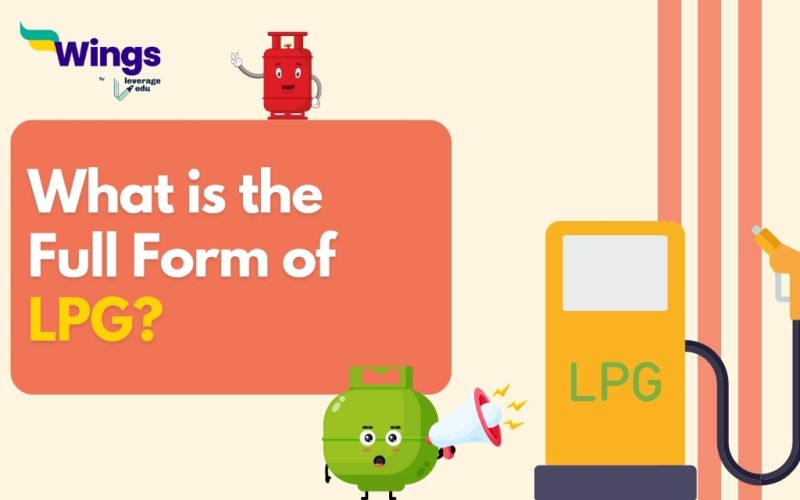The full form of LPG is Liquified Petroleum Gas. It is also known as liquid petroleum gas and is a type of flammable combination of hydrocarbon gases that is liquified through pressurization. The primary source of LPG is natural gas processing and petroleum refining. In some cases, it is also produced as a by-product of refining crude oil.
Also Read: What is the Full Form of GAIL?
History of LPG
Table of Contents [show]
Here is a historical overview of LPG:
- LPG traces its roots of origin back to the 18th century when William Murdoch, a British chemist and industrialist discovered its combustible properties.
- During its early phase, LPG was primarily used as a fuel for internal combustion engines.
- Later on, it was adapted by the British Royal Navy to power ships, aircraft, and submarines.
- In the 1930s, LPG was used in the USA as an industrial fuel to power motor vehicles.
- Its use as an automotive fuel began somewhere between the 1950s and 1960s due to its low cost and better efficiency.
LPG Components
Interestingly, LPG is one of the cleanest conventional fuels that causes significantly less air pollution than other alternatives like coal, wood, and oil. For instance, it reduces the GHG emissions by somewhere around 25%. The primary components of LPG are:
- Propane
- Butane
- Propylene
- Isobutane
- Butylene
What are the Uses of LPG?
LPG or Liquified Petroleum Gas has numerous domestic and industrial uses such as:
- LPG is used as a fuel for various vehicles.
- It is also used as a fuel in domestic applications such as cooking and heating food.
- LPG is also used in appliances such as homes, hotels, and stovetops.
- Other industrial uses include its use in ovens, furnaces, and different heating applications.
Also Read: What is the Full Form of ONGC?
Properties of LPG
In a nutshell, LPG is a colorless, nontoxic, non-corrosive, and flammable gas. The properties of LPG include:
| Property | Value |
| Color | Colorless |
| Odor | Mild odor |
| Vapor Pressure | 8 |
| Chemical formula | C3H8, C4H10, C4H8 |
| Solubility | Soluble in Organic Solvents |
| Freezing Point | -188 |
| Boiling Point | -42 |
| Molecular Weight | 44 |
Also Read: What is the Full Form of ONGC?
Popular Full Forms
We hope this blog has helped you understand the full form of LPG and everything related to it. If you want to know more, find the 300+ full forms list on our blog. In the world of short forms, you can rely on the Leverage Edu page to learn about more full forms like this! Connect with us study abroad experts to achieve your international dream today!
 One app for all your study abroad needs
One app for all your study abroad needs















 45,000+ students trusted us with their dreams. Take the first step today!
45,000+ students trusted us with their dreams. Take the first step today!
